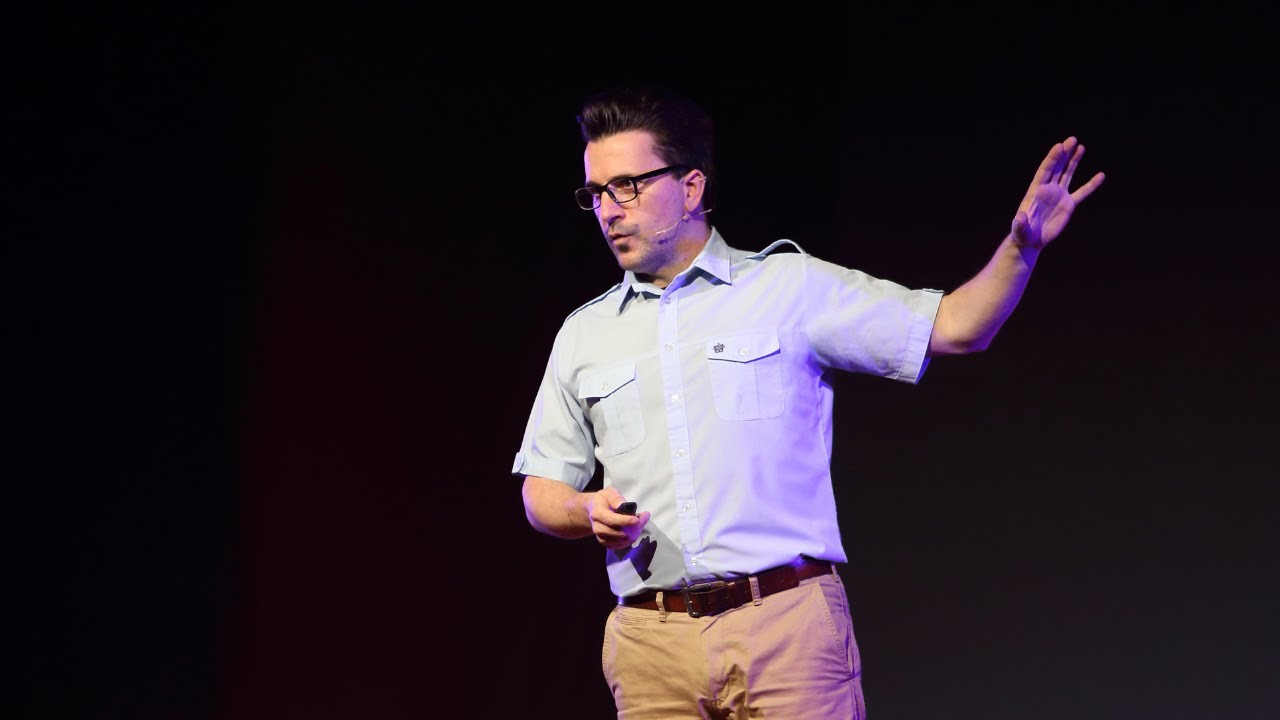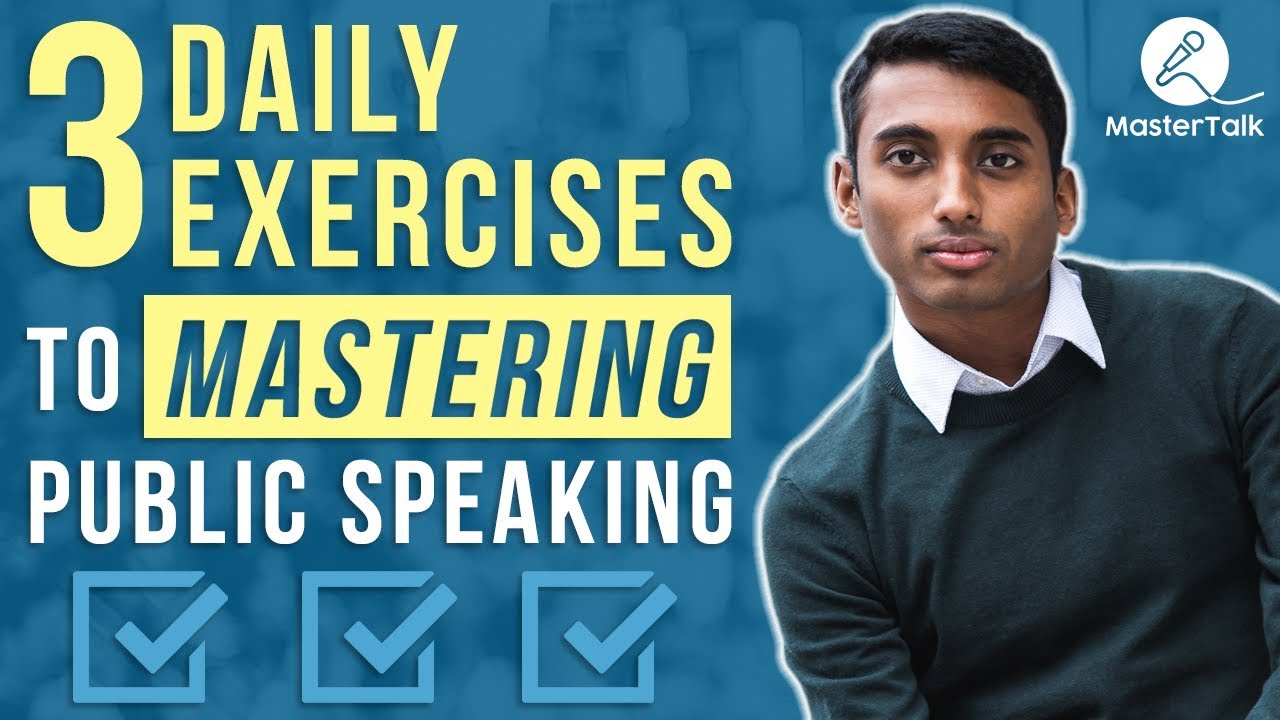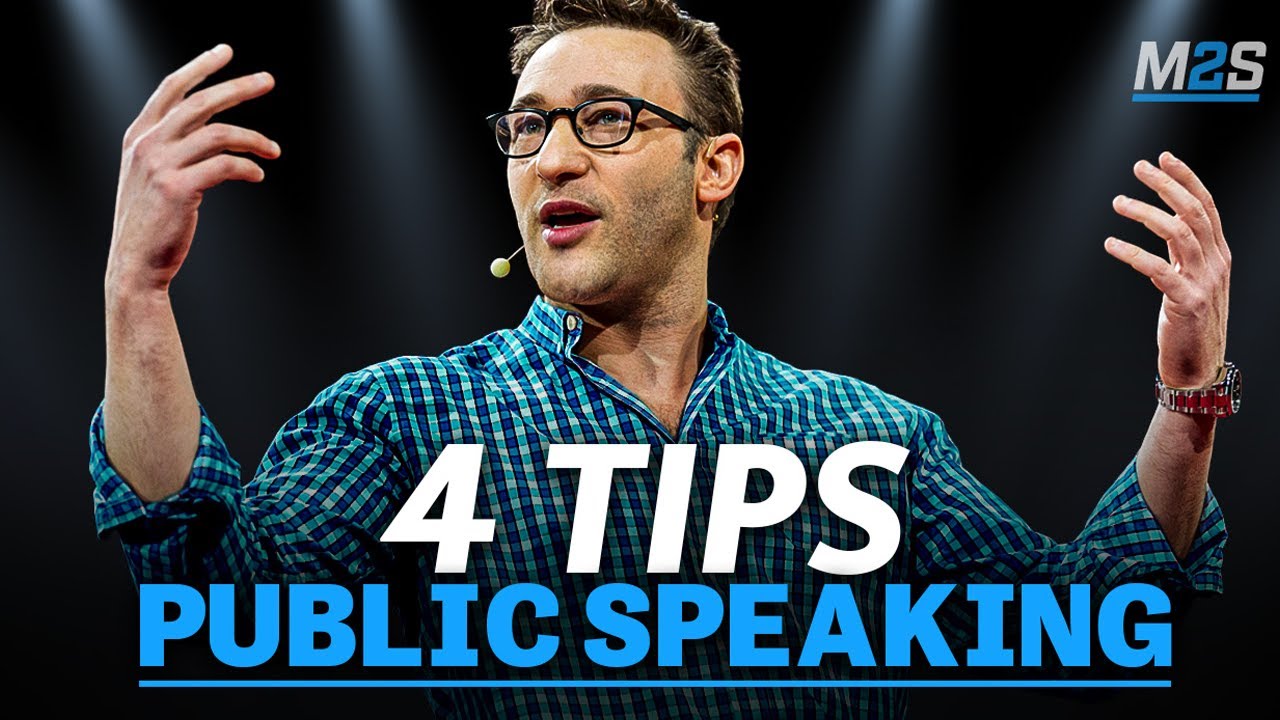Welcome to the ultimate guide on Coaching for Public Speakers! Here, we’ll dive deep into the essentials, providing actionable advice that will transform you into a compelling speaker and help you build a powerful personal brand. Get ready to harness motivational energy akin to Tony Robbins and strategic business insights like Gary Vaynerchuk. We’re here to energize aspiring speakers and entrepreneurs with real-world success stories, proven strategies, and practical tips. Roll up your sleeves and let’s kick off this journey!

Coaching for Public Speakers: The Fundamentals
Public speaking is an art mastered by those who understand their audience, deliver powerful messages, and constantly improve their techniques. As an experienced coach in professional speaking, it’s my mission to offer easy and practical fixes to common challenges facing speakers today. This guide delivers essential coaching strategies for public speakers to elevate their performances and achieve excellence.

Top 7 Easy Fixes for Public Speaking Mastery
1. Master Your Content Through Authenticity: Lessons from TED Speakers
Authenticity is key to captivating your audience. TED speakers like Brené Brown have shown how vulnerability and authenticity create strong audience connections. Speaking from the heart and sharing personal experiences that support your message can leave a lasting impression.
Actionable Tip: Write out key points instead of a full script. This method maintains your authenticity and ensures a natural delivery.
2. Improve Vocal Delivery: Insights from Morgan Freeman
Vocal delivery can make or break your speech. Think of Morgan Freeman and his resonant voice; he uses pitch, tone, and pauses masterfully to engage listeners. Practice modulation and know when to emphasize certain words to effectively convey emotions.
Actionable Tip: Record your practice sessions and analyze the speed, tone, and pauses. Adjust them to match how you want your message perceived.
3. Utilize Body Language: Emulating Michelle Obama
Body language speaks volumes, often more than words. Michelle Obama’s speeches feature strong gestures that reinforce her message. An open posture makes you approachable, and deliberate hand movements emphasize points, enhancing your message’s impact.
Actionable Tip: Practice in front of a mirror or record your speeches to observe and refine your gestures and posture.
4. Engage with Storytelling: The Oprah Winfrey Method
Storytelling can transform a mundane presentation into a captivating experience. Oprah Winfrey excels at weaving personal anecdotes with larger themes, creating strong connections with her audience.
Actionable Tip: Plan your speech around a central story that supports your key message, making your speech both relatable and engaging.
5. Manage Nervousness: Strategies from Emma Watson
Even seasoned public speakers like Emma Watson face stage fright. She shares techniques like deep breathing and visualization to calm nerves before speaking. Learning to manage nervousness ensures a better performance.
Actionable Tip: Practice mindfulness and visualization techniques to prepare mentally. Visualize yourself succeeding and receiving positive feedback.
6. Practice Active Listening: Learning from Barack Obama
Effective speakers are also excellent listeners. Barack Obama’s active listening during Q&A sessions shows engagement and respect for his audience. Active listening helps you respond thoughtfully and maintain dynamic interaction.
Actionable Tip: During Q&A, paraphrase the question before answering. This ensures you’re listening and gives you a moment to form a coherent response.
7. Continuously Seek Feedback: Embrace Kaizen from Toyota
Toyota’s concept of Kaizen, or continuous improvement, translates well to public speaking. Collect feedback after every speech and use it to make incremental improvements. Embrace constructive criticism as a tool for growth.
Actionable Tip: Create a survey for your audience post-event, focusing on areas like clarity, engagement, and delivery. Review responses and integrate relevant changes into your practice.

| Category | Details |
| Easy Fixes | Volume, pace, posture, eye contact, and diction are usually the first areas to address. |
| Challenging Areas | Tone, natural gestures, and emphasis can be more difficult to master. |
| Feedback Approach | Start with a compliment (warm feedback) before providing constructive criticism (cool feedback). |
| Cost (Group/Private) | Varies from $3,000 to $20,000 USD for 3 to 12 months of training. |
| Training Duration | Typically ranges from 3 to 12 months. |
| Goal Alignment | Choose a coach based on your specific goals (e.g., large stage speaking vs. work presentations). |
| Coach Qualifications | – Degrees in communications or education. |
| – Online or short-term classroom courses for coaching qualifications. | |
| – Certification from the International Coach Federation (ICF) available. | |
| Key Benefits | – Improved speaking skills: volume, pace, posture, eye contact, diction. |
| – Advanced skills: tone, natural gestures, emphasis. | |
| – Personalized feedback and tailored exercises. | |
| – Increased confidence and effectiveness in public speaking scenarios. |
Transformative Tactics to Advance Your Public Speaking Skills
Advanced Vocal Techniques: Learning from Lady Gaga
Lady Gaga’s performances showcase advanced vocal control and impressive range. Public speakers can benefit from similar vocal training to enhance clarity and emotional expression.
Expert’s Note: Hire a vocal coach to refine your techniques and practice exercises to increase vocal flexibility and strength.
Effective Visual Aids: Apple’s Keynote Excellence
Steve Jobs’ minimalist yet compelling visual aids remain iconic. Visual aids should supplement your speech, not overshadow it. Slides should be clear, concise, and visually engaging.
Expert’s Note: Use minimal text and high-quality images. Ensure each slide underscores your speech rather than distracting from it.
Building a Personal Brand: Lessons from Simon Sinek
In professional speaking, a strong personal brand sets you apart. Simon Sinek’s brand revolves around his ‘Start with Why’ philosophy. Define your unique perspective and consistently communicate it across all platforms.
Expert’s Note: Develop a clear message and visual identity. Utilize social media, blogs, and speaking events to establish credibility and recognition.

Final Thoughts
Excelling in public speaking is a journey of constant self-improvement, practice, and learning. By addressing easy fixes first—like authenticity, vocal delivery, body language, and storytelling—you create a robust foundation for advanced techniques. Adapting strategies from successful speakers and making them your own can greatly enhance your presentations. Start with these practical tips, seek feedback diligently, and evolve into a more influential and inspiring speaker.
Ready to take the next step in your speaking career? Learn more about personal branding strategies, including leadership development Tips, and how to build a speaking brand on our site. Visit Connie Pheiff ’ s Personal branding Strategies, How To Build a Speaking Brand, and Speaker Brand development for more insights.

Remember, the path to becoming an exceptional speaker starts with easy fixes—master these fundamentals and watch your speaking career soar!
Coaching for Public Speakers: Easy Fixes First
Quick Wins for Better Speaking
Ever wonder why some people can just charm an audience? It’s like they’ve stumbled upon some magical shortcut! Well, a good coach can share quite a few tricks up their sleeves. Did you know that the structure of a speech can be as detailed as an NFL route tree? The same way a football team plans its moves, great speakers draft their talks for maximum impact. Speaking of routes, plotting out your talking points ahead of time can be a real game-changer.
Fun Tidbits and Interesting Facts
Everyone loves a good story, right? Especially ones that connect with the audience on a level that’s almost primal. Take Spanish Me too for example — integrating globally resonant themes into a story can give your speech layers of depth. On a lighter note, surprising your audience with oddball trivia like Chupacabra Pictures can unexpectedly captivate and keep them hooked. Who says learning can’t be fun?
Overcoming Obstacles with Ease
Public speaking isn’t just about what you say, but how you say it. Little fixes can make a huge difference. Surprising fact: incorporating visuals, even He Is risen Images, can profoundly impact audience engagement. And yes, organizing your own thoughts can be akin to figuring out What Is an Itemized deduction—complex at first, but straightforward once you get the hang of it. By breaking down these elements, the seemingly daunting task of public speaking becomes manageable.
By weaving these tips and trivia into your coaching, you’ll not only elevate your speech but also engage your audience in ways you hadn’t imagined. Now that’s something to speak about!

How to coach for public speaking?
Go for the easy fixes first. Focus on volume, pace, posture, eye contact, and diction, as these are usually the low-hanging fruit. Tone, natural gestures, and emphasis can be much more challenging. Begin with a compliment (warm feedback) before offering something for them to address (cool feedback).
How much does a public speaking coach cost?
Costs for Speaker Coaching can range between $3,000 and $20,000 for three to twelve months of training. This varies based on whether you choose group or private sessions and the expertise of the coach.
Is a public speaking coach worth it?
The worth of a public speaking coach depends on your improvement goals. If you’re aiming for large-stage presentations, specialized coaching is beneficial. For better workplace presentations, a different kind of coach might be more suitable.
How do I train myself to be a public speaker?
Improving as a public speaker starts with consistent practice. Record yourself to analyze your performance, work on your body language, and seek feedback from trusted peers. Regular exposure to speaking situations helps build confidence over time.
How do you teach good public speaking?
Teach good public speaking by starting with basic principles like clear volume, steady pace, confident posture, consistent eye contact, and clear diction. Begin with positive feedback, then provide constructive criticism focusing on improvements.
How can I train my voice for public speaking?
Train your voice for public speaking through exercises that improve volume, clarity, and endurance. Practicing deep breathing and articulating words clearly can enhance your vocal presence.
Is speaker coach free?
Speaker coaching isn’t free. Costs can range widely based on the coach’s experience and the program’s length.
What is the hourly rate for a communication coach?
An hourly rate for a communication coach varies but typically falls between $100 to $300, depending on their expertise and location.
What are average public speaker fees?
Average public speaker fees can range from $1,000 for smaller engagements to over $100,000 for top-tier, high-demand speakers.
What is a good speaking fee?
A good speaking fee reflects the event’s scale, the speaker’s experience, and perceived value. It can range from a few thousand to tens of thousands of dollars.
Do public speaking classes actually help?
Public speaking classes can definitely help by offering structured practice, expert tips, and feedback that can significantly improve your confidence and skills.
Why is public speaking class so hard?
Public speaking classes can be hard due to the fear of judgment, the pressure of performing in front of others, and the personal challenge of presenting ideas clearly and confidently.
What are the 10 qualities of a good speaker?
A good speaker embodies qualities like confidence, clarity, enthusiasm, authenticity, storytelling, audience awareness, empathy, composure, adaptability, and strong body language.
Can a shy person be a public speaker?
Absolutely, a shy person can be a public speaker. Building confidence through practice, preparation, and gradual exposure to speaking scenarios can help overcome shyness.
Where can I learn public speaking skills for free?
You can learn public speaking skills for free via online resources like YouTube tutorials, free online courses, community meetups, and practice groups like Toastmasters.
How do I start practicing public speaking?
Start practicing public speaking by speaking up in meetings, volunteering for presentations, joining a public speaking group, and recording yourself to review your performance.
Can a voice coach help with speaking?
A voice coach can definitely help with public speaking by improving vocal strength, clarity, and expressiveness, which are crucial for effective communication.
How can you master the skill of public speaking?
Master public speaking by practicing regularly, studying great speakers, seeking feedback, refining your skills, and staying calm and composed under pressure.
How do you pace public speaking?
Pace your public speaking by varying speed to emphasize points, pausing for effect, and ensuring clarity. Avoid speaking too fast or too slow to keep the audience engaged.









